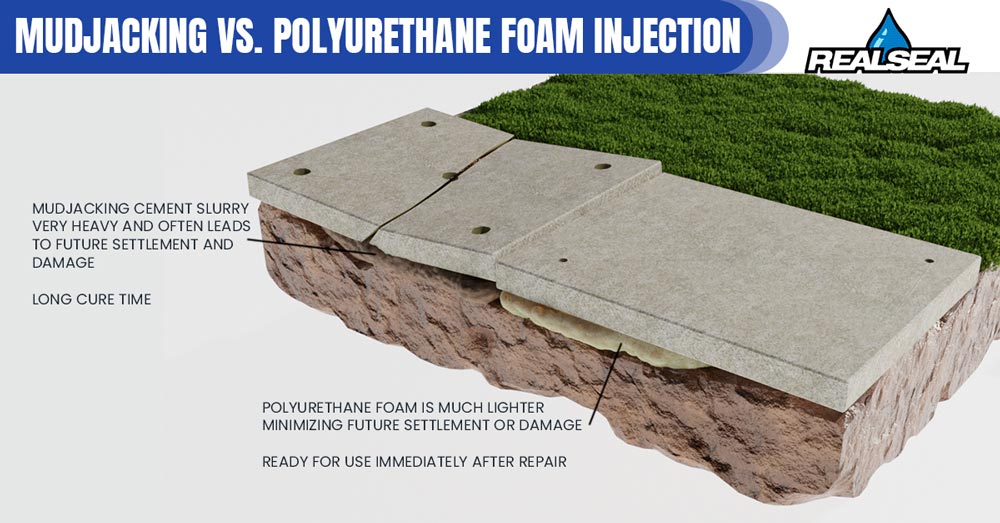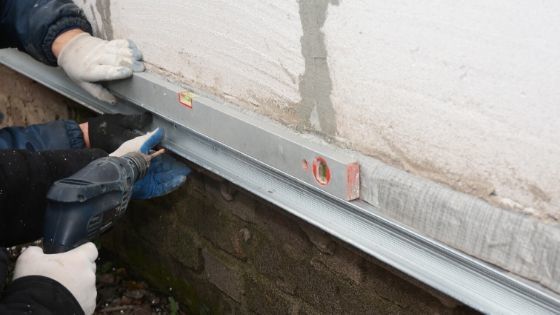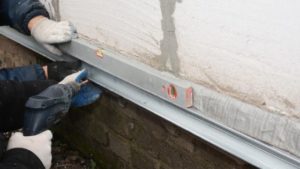The ground around your home may not always be compact enough to remain stable as the years go by. As the soil moves around, the concrete under and around your home may crack apart or become uneven. This hurts the look of your home, and it can also be dangerous. To solve this problem, professionals may employ mudjacking or poly-jacking—though the latter is much more preferable. Here we’ll explain why poly-jacking is better than mudjacking.
Mudjacking
Both of these techniques involve injecting a substance underneath the uneven concrete to lift it up and level it. As you might guess, mudjacking uses mud. The problem is that mud isn’t an effective material for this job. You can raise a concrete slab up with it, but once it dries, it can shrink significantly, lowering the precision with which you can fill the space under the concrete.
You also have to ensure there are no cracks or openings anywhere on the concrete, as rain can bring the mud mixture back into its slippery, liquid state. From there, the concrete can start to move again. Mud is also heavy, and it can wind up adding more weight to your already-unstable soil, causing the concrete to sink even more later.
Read more about – Underpinning: The Foundation Solution That Works
Poly-Jacking
So why is poly-jacking better than mudjacking? With poly-jacking, the professional fill voids beneath the concrete with polyurethane foam. This foam expands as it dries to match the shape of the space in which it’s injected while hardening and expanding quickly enough that there’s no guesswork with how it might change shape later on. A typical poly-jacking job may only take around fifteen minutes.
Additionally, the foam is much more lightweight than mud, eliminating problems with overburdening the ground and giving rise to more sinking. Finally, poly-jacking leaves barely any trace once completed. With mudjacking, one- to two-inch holes must be drilled into the concrete for the mud to be injected. Poly-jacking only needs holes about the size of a dime, which can be inconspicuously sealed once the process is complete.
Resolve your shifted concrete problems today by calling The Real Seal for foundation repair in Chicago. We employ poly-jacking to get your driveway, sidewalk, or any other concrete area around your home back to a stable state.
Mudjacking vs. Polyjacking: Which Is Safer?
While both mudjacking and polyjacking are safe methods for leveling an uneven concrete slab, polyjacking stands out because it’s a quick, long-lasting repair solution that is barely noticeable once the repair is complete.







